I posted a couple of Reviews in Tripadvisor, for the Yap Sandiego House and for the 1730 Jesuit House, both in Cebu:
“#1 Tourist Attraction in Cebu City- The Yap Sandiego Ancestral House”
5 of 5 stars Reviewed August 2, 2011
http://www.tripadvisor.com/ShowUserReviews-g298460-d1520123-r116188991-Yap_Sandiego_Ancestral_House-Cebu_City_Cebu_Visayas.html
I love the Yap Sandiego Ancestral House! It is an evocative Colonial house made of stone and wood and tile roofing. It is filled with lovely antiques. This house allows me to imagine how life in Cebu must have been in the 1700s. Everything about it is beautiful, even the small garden with a well that still has water. Val Sandiego and his wife decorate the house thematically, for Christmas, Chinese New Year, the June Fiesta, and so on. Every time I visit it, it is is like seeing a woman all dressed in another gown! So beautiful! I highly recommend it to all tourists of Cebu. From there, one can easily visit other tourist attractions in Cebu: The 1730 Jesuit House, Casa Gorordo, Cathedral and Museum, Fort San Pedro, Santo Nino Basilica and Museum, and the newly renovated Plaza Independencia.
~~~
“1730 JESUIT HOUSE - THE OLDEST DOCUMENTED HOUSE IN THE PHILIPPINES”
5 of 5 stars Reviewed August 12, 2011
http://www.tripadvisor.com/ShowUserReviews-g298460-d2233349-r116637091-1730_Jesuit_House-Cebu_City_Cebu_Visayas.html
The 1730 Jesuit House is a historical treasure tucked away in the middle of Historic Cebu City. It is located on Zulueta Street near the Heritage of Cebu Monument and the Yap-Sandiego Museum. For years, the Jesuit House was not available to the public. The Sy Family had used the premises as a warehouse until Jaime Sy decided to develop the Jesuit House as a museum. The rooms have been uncovered, galleries, and exhibits displayed revealing one of the most exciting historical museums in the Philippines.
There are two buildings that are connected by a covered bridge. The tile roof is what fascinates me most of all because it's original and shows a curve that is distinctly Asian. A plague that says "1730" sits on top of a doorway, proof of the age of this treasure of Cebu City. Jesuit historian Rene Javellana and the writer Concepcion Briones have done research on the place and documented this place as the Jesuit house.
The1730 Jesuit House offers tourists a glimpse of eighteenth century life in Cebu, Philippines. It is one place that I visit often, and I always marvel at the new developments Jaime Sy does to this marvelous and mysterious place, which allows me to reflect on the provocative history of the Black Robes in the Philippines
Restoration of the house is ongoing; visitors may make an appointment to visit the Jesuit House.
Friday, August 26, 2011
Tripadvisor Reviews of Yap Sandiego House & 1730 Jesuit House
Labels:
1730 Jesuit House,
Cebu Manila Philippines,
Cebu museums,
cebu's historic district,
Yap Sandiego Museum
 Cecilia Manguerra Brainard's official website is ceciliabrainarddotcom. She is the award-winning author and editor of 22 books, including When the Rainbow Goddess Wept, The Newspaper Widow, Magdalena, Selected Stories, Vigan and Other Stories, and more. She edited Growing Up Filipino 1, 2, & 3, Fiction by Filipinos in America, Contemporary Fiction by Filipinos in America, and other books..
Her work has been translated into Finnish and Turkish; and many of her stories and articles have been widely anthologized.
Cecilia has received many awards, including a California Arts Council Fellowship in Fiction, a Brody Arts Fund Award, a Special Recognition Award for her work dealing with Asian American youths, as well as a Certificate of Recognition from the California State Senate, 21st District, and the Outstanding Individual Award from her birth city, Cebu, Philippines.
She has lectured and performed at UCLA, USC, University of Connecticut, University of the Philippines, PEN, Shakespeare & Company in Paris, and many others. She has served in the Board of literary arts groups such as PEN, PAWWA (Pacific Asian American Writers West), among others.
Cecilia Manguerra Brainard's official website is ceciliabrainarddotcom. She is the award-winning author and editor of 22 books, including When the Rainbow Goddess Wept, The Newspaper Widow, Magdalena, Selected Stories, Vigan and Other Stories, and more. She edited Growing Up Filipino 1, 2, & 3, Fiction by Filipinos in America, Contemporary Fiction by Filipinos in America, and other books..
Her work has been translated into Finnish and Turkish; and many of her stories and articles have been widely anthologized.
Cecilia has received many awards, including a California Arts Council Fellowship in Fiction, a Brody Arts Fund Award, a Special Recognition Award for her work dealing with Asian American youths, as well as a Certificate of Recognition from the California State Senate, 21st District, and the Outstanding Individual Award from her birth city, Cebu, Philippines.
She has lectured and performed at UCLA, USC, University of Connecticut, University of the Philippines, PEN, Shakespeare & Company in Paris, and many others. She has served in the Board of literary arts groups such as PEN, PAWWA (Pacific Asian American Writers West), among others.
Subscribe to:
Post Comments (Atom)


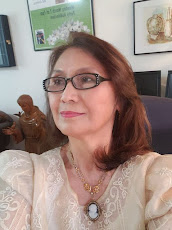

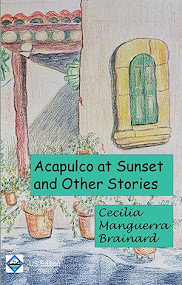



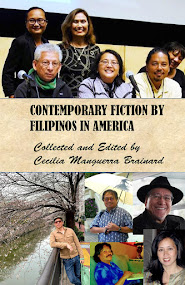
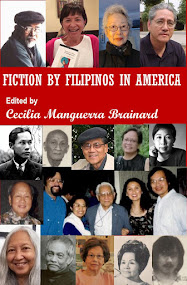



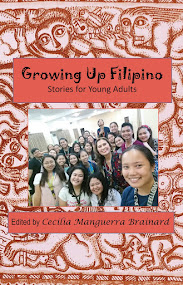
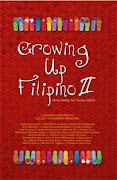


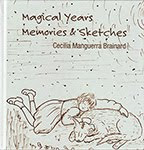


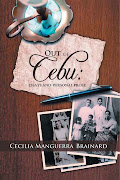

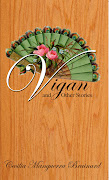

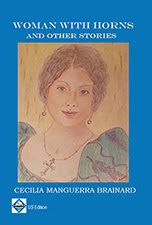

No comments:
Post a Comment